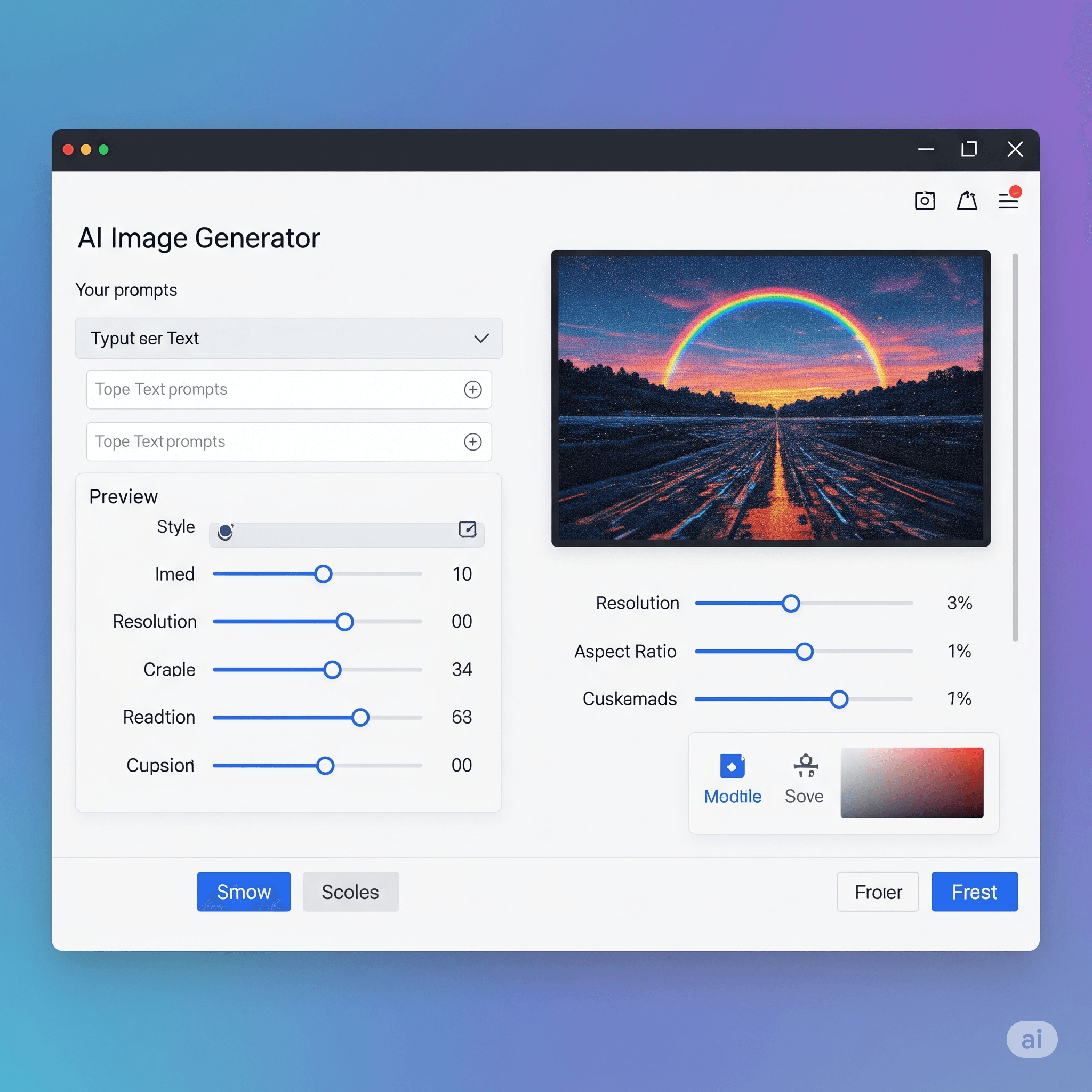Question: The primary function of the ………… is to set up the hardware and load and start an operating system
Answer:
The primary function of the BIOS (Basic Input/Output System) is to set up the hardware and load and start an operating system. The BIOS is firmware embedded in a computer's motherboard, and it provides the essential low-level functionality required for the hardware components to communicate with each other and with the operating system.
During the boot process, the BIOS performs several tasks, including:
1. Power-on self-test (POST): The BIOS conducts a series of diagnostic tests to ensure that the hardware components are functioning correctly. It checks the processor, memory, storage devices, and other peripherals for any potential issues.
2. Hardware initialization: The BIOS configures and initializes the system hardware, including the CPU, memory, storage devices, graphics card, and input/output interfaces. It sets up parameters and default settings for the hardware components.
3. Boot device selection: The BIOS determines the boot device from which the operating system will be loaded. It searches for a bootable device, such as the hard drive, solid-state drive, or optical drive, based on the configured boot order.
4. Loading the operating system: Once the boot device is identified, the BIOS reads the boot sector from that device. The boot sector contains the initial instructions for loading the operating system. The BIOS transfers control to the loaded operating system, allowing it to take over the system's operation.
5. Providing basic system services: While the operating system takes control, the BIOS continues to provide basic services to the system, such as interrupt handling, timekeeping, and low-level input/output operations.
It's worth noting that in modern systems, the BIOS has largely been replaced by the Unified Extensible Firmware Interface (UEFI), which performs similar functions but offers more advanced features and capabilities. However, the general purpose of initializing hardware, loading the operating system, and facilitating the boot process remains the same.
MCQ: The primary function of the ………… is to set up the hardware and load and start an operating system
Explanation:
The primary function of the BIOS (Basic Input/Output System) is to set up the hardware and load and start an operating system. The BIOS is firmware embedded in a computer's motherboard, and it provides the essential low-level functionality required for the hardware components to communicate with each other and with the operating system.
During the boot process, the BIOS performs several tasks, including:
1. Power-on self-test (POST): The BIOS conducts a series of diagnostic tests to ensure that the hardware components are functioning correctly. It checks the processor, memory, storage devices, and other peripherals for any potential issues.
2. Hardware initialization: The BIOS configures and initializes the system hardware, including the CPU, memory, storage devices, graphics card, and input/output interfaces. It sets up parameters and default settings for the hardware components.
3. Boot device selection: The BIOS determines the boot device from which the operating system will be loaded. It searches for a bootable device, such as the hard drive, solid-state drive, or optical drive, based on the configured boot order.
4. Loading the operating system: Once the boot device is identified, the BIOS reads the boot sector from that device. The boot sector contains the initial instructions for loading the operating system. The BIOS transfers control to the loaded operating system, allowing it to take over the system's operation.
5. Providing basic system services: While the operating system takes control, the BIOS continues to provide basic services to the system, such as interrupt handling, timekeeping, and low-level input/output operations.
It's worth noting that in modern systems, the BIOS has largely been replaced by the Unified Extensible Firmware Interface (UEFI), which performs similar functions but offers more advanced features and capabilities. However, the general purpose of initializing hardware, loading the operating system, and facilitating the boot process remains the same.
Discuss a Question
Related Questions
- 1. What kind of memory is both static and non -volatile?
- 2. ………. is computer software designed to operate the computer hardware and to provide platform for running application software
- 3. The ……… is the amount of data that a storage device can move from the storage medium to the Computer per second
- 4. A device, which is not connected to CPU, is called as …….
- 5. What is the other name for programmed chip?
- 6. On-line real time systems become popular in ……….. generation
- 7. You use a(n) ….., such as a keyboard or mouse, to input information
- 8. …………. is the ability of a device to “jump” directly to the requested data
- 9. …………. provides process and memory management services that allow two or more tasks, jobs, or programs to run simultaneously
- 10. The task of performing operations like arithmetic and logical operations is called……
You may be interested in:
Computer Basics MCQs






